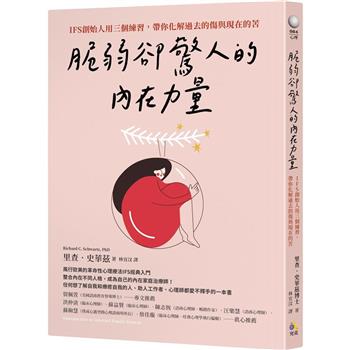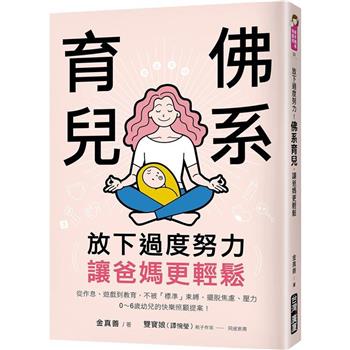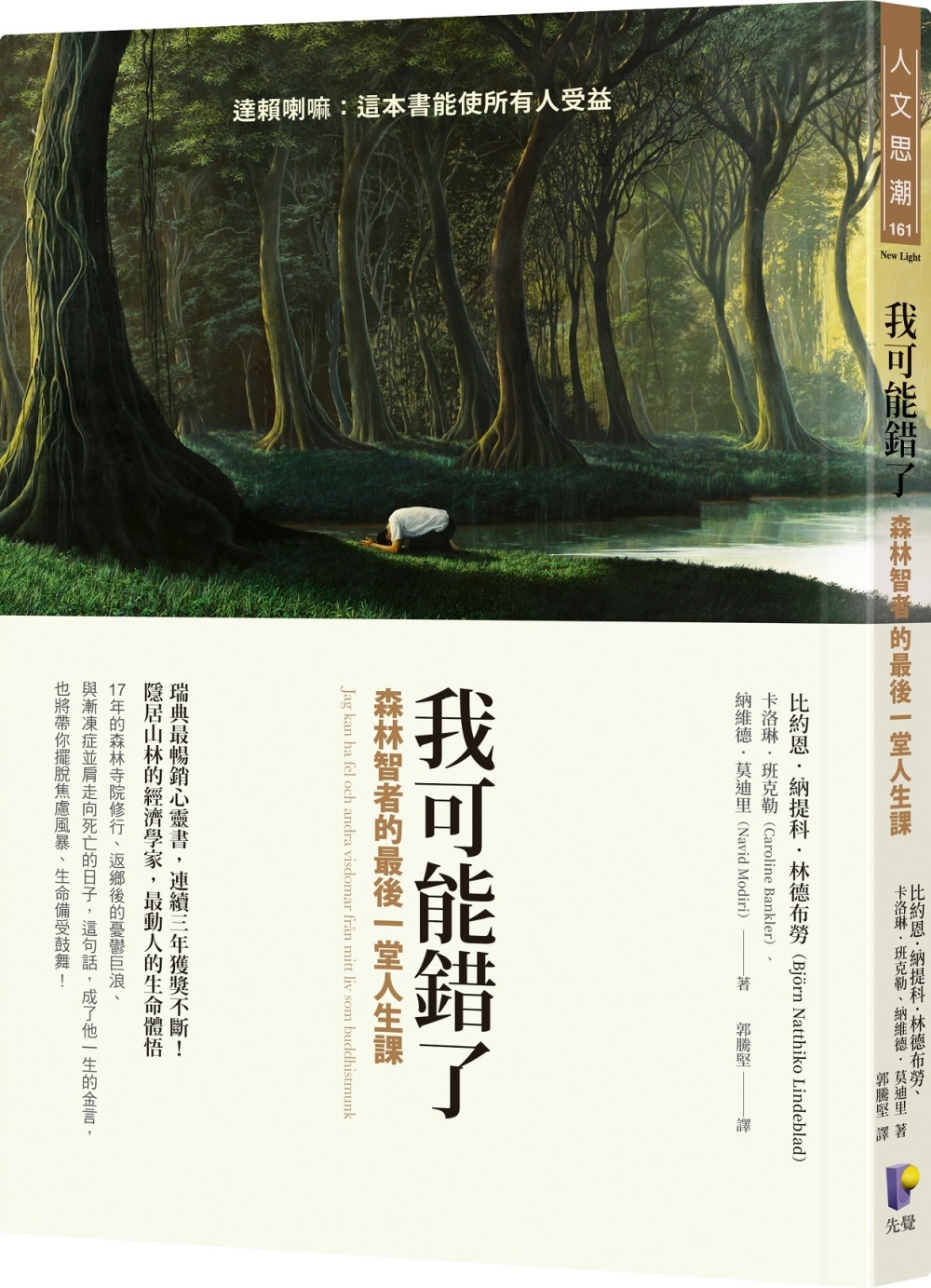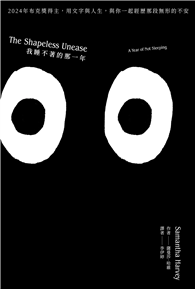For the first time, this unique collection of essays brings the stories of New Theatre branches together from around the country, filling a vital space in Australian cultural history. Radical left-wing theatre history tales, told by theatre practitioners, historians, academics and political ratbags, reveal a rich vein of Australia’s hidden cultural heritage.
The New Theatre, one of the country’s oldest continuously performing theatres, began life inspired by British and American early radical theatre groups. Growing as a series of branches, initially as Workers’ Art Clubs in Sydney and Melbourne, they soon adopted the New Theatre League name. Other branches followed, in Brisbane, Perth, Newcastle and Adelaide, with some branches disbanding and then reforming over the decades. The Sydney branch remains active, with an unbroken record of performances from 1932 to today.
For much of the twentieth century, the branches of Australia’s New Theatre created theatre for the people by the people, reclaiming and creating stories of creativity, protest and ingenuity. The theatre’s strong tradition of performing socially and politically relevant work attracted a mainly working-class following dedicated to subverting the politics and cultural norms of the day, pushing back hard against exploitation of the working class, sexism, racism, and war. All together they produced over 400 plays, written by Australian and overseas dramatists seeking not only to develop cultural activism locally but also to embody the broader aims and aspirations of an international working-class theatre movement.
Closely aligned with the Communist Party and the unions, New Theatre had social justice at the heart of everything they did. They advocated for freedom and democracy, aiming to activate their audiences politically, and create authentic, non-commercial Australian drama about real lives and situations their audience could identify with. They wanted to tell the stories nobody else was telling, about the real lives of working-class people - the suffering, the drudgery, the ill-treatment, and danger that were facts of life for their audience.
The New Theatre was unique in its range of performance sites. Productions were performed in small theatres, on the streets, from the back of a truck, in workplaces, down a mine for striking miners and next to dole queues; whether it was on a street corner in working-class Fitzroy in Melbourne, on the banks of the muddy Brisbane River, or on the Port Kembla wharves, the New Theatre was there. Requests for performances came from factories, rural and regional localities, and country towns. Their presentations on street corners, union and trade halls, large factories and workplaces such as railway yards and wharves were remembered long after the applause died away.
This collection of essays was compiled and edited by Dr. Lisa Milner. An historian and socialist, she has written extensively on left-wing and workers’ culture and is Vice-President of Interventions Publishing.











